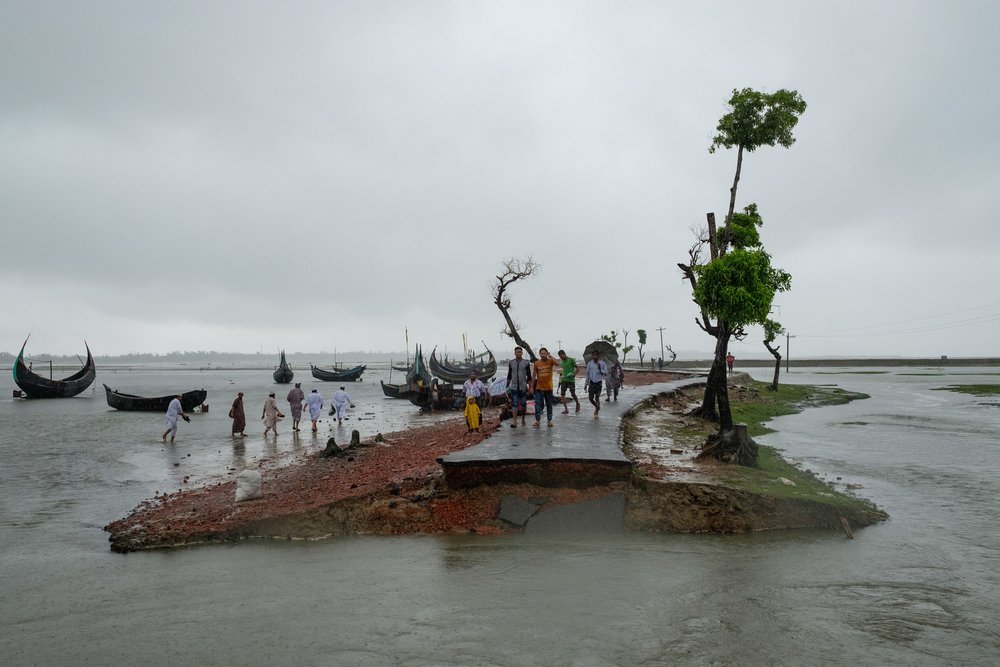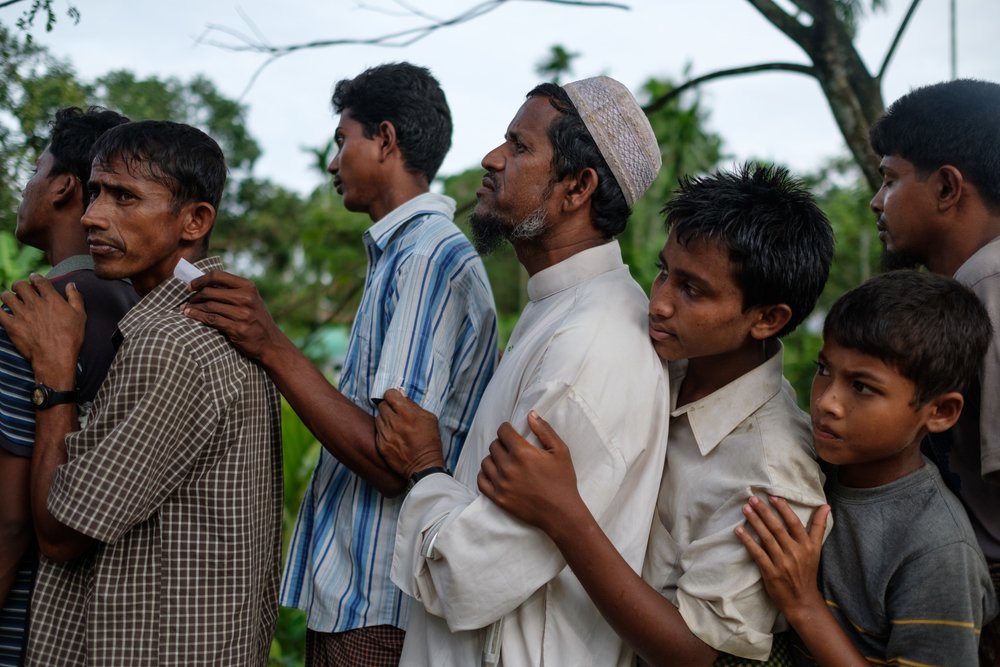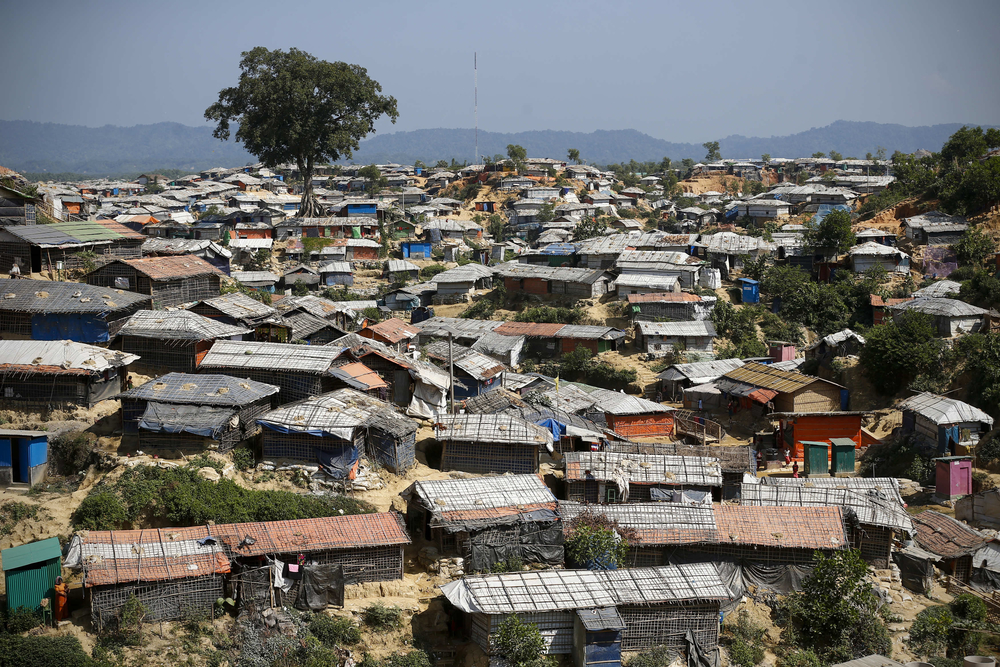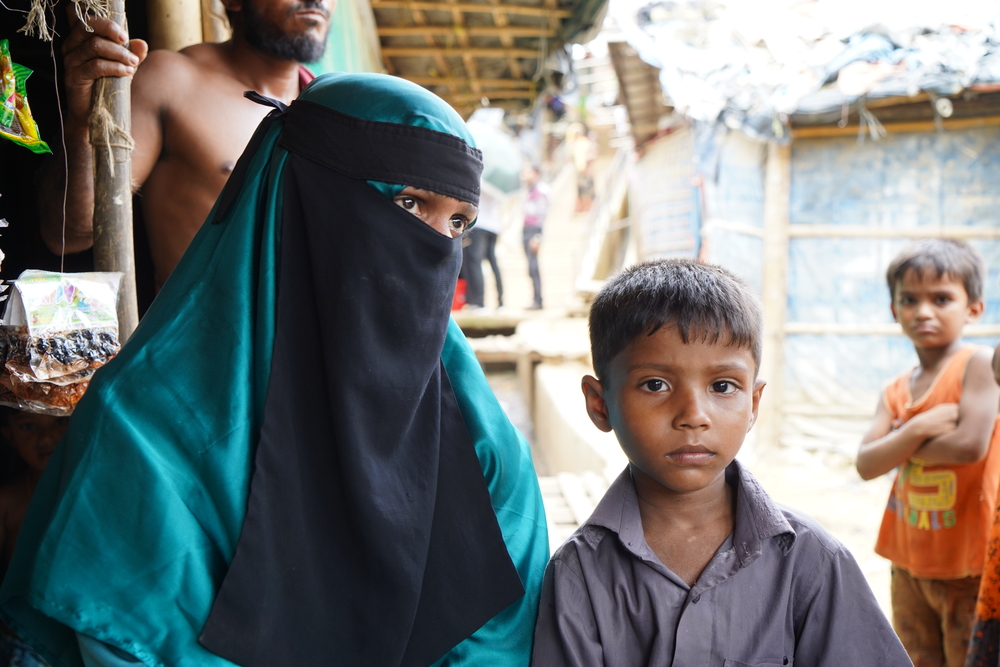Like many other field workers in their first placement with Médecins Sans Frontières, Tanya Coombes wasn’t sure what to expect when she set out to Bangladesh.
But little did the New Zealander know that one of the 21st century’s biggest humanitarian crises was about to unfold – and she would be thrust into the midst of the response.
Following a campaign of violence against Rohingya people in Myanmar’s Rakhine state, during August 2017 more than 700,000 Rohingya fled over the border into the Cox's Bazar district of Bangladesh.
As a Finance and Human Resources Manager, Tanya quickly had to find the right people to support a massive increase in Médecins Sans Frontières humanitarian activities.






